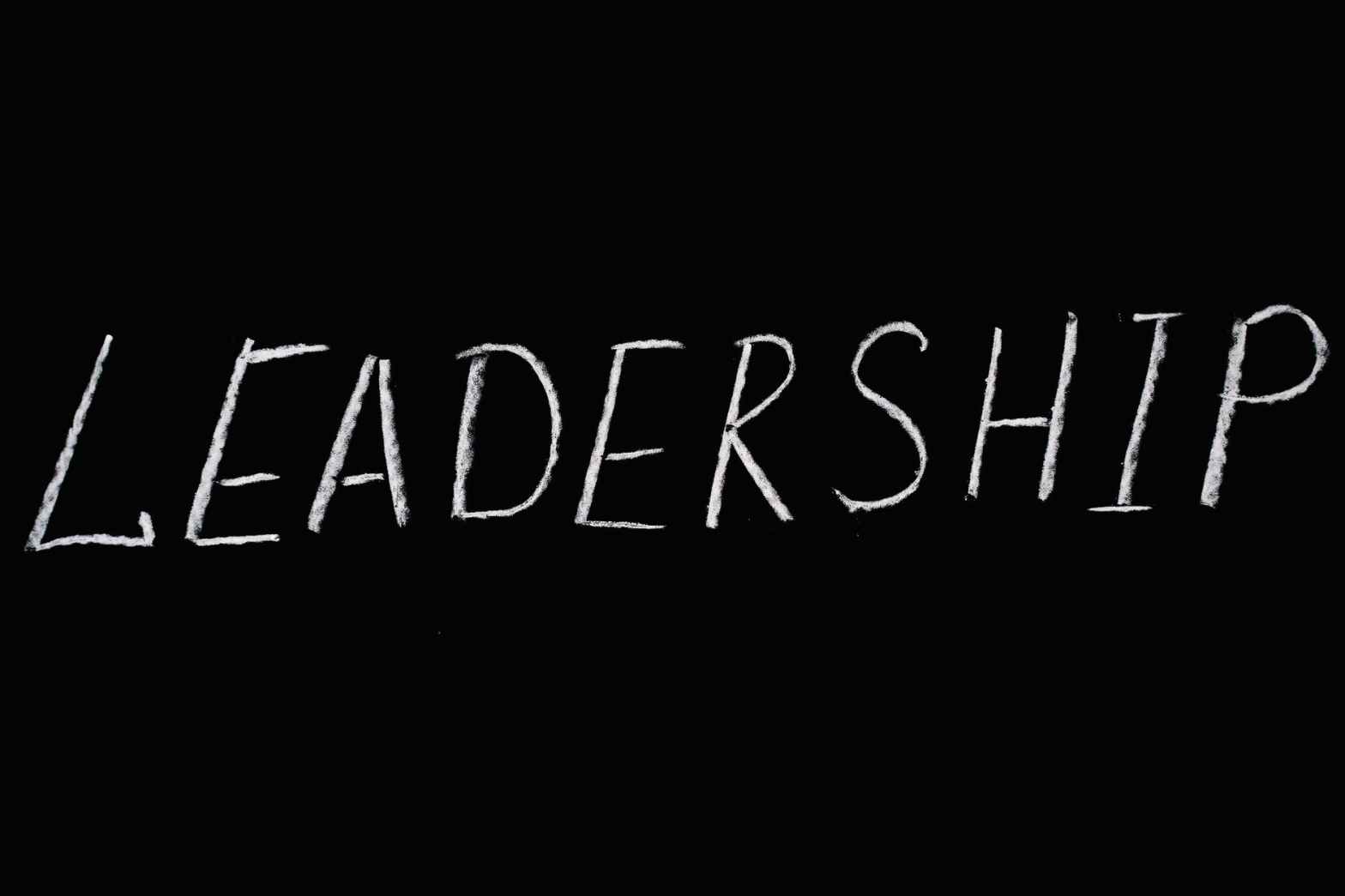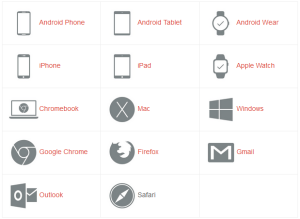It was nearly two years ago, in the final week of February 2020, when I received the first phone call that alerted me that something serious was afoot. I had been monitoring the reports about COVID since December of 2019, when news on CNBC first brought it to my attention. It seemed obvious that there was a seriousness inside of China, but like so many of us stateside, we really had no idea what we were in for.
That call, like others I have received on occasion from upset or scared clients gave me some real pause. But unlike other calls from clients facing adversity, there was a palpable fear that was the first indication that the impact of COVID could have real domestic implications.
Within three weeks, full-blown panic ensued, as educational institutions, government entities and businesses faced a painful and world-disrupting reality…we were all in real trouble.
Some context might be helpful for those unfamiliar with what I do. I’m a small business advisor. I help people. Most of the time, I help people start, expand or sell businesses. Occasionally I help people with other business challenges of varying severity or complexity – some good, some bad. But a great deal of that help is very forward-looking.
Prior to that fateful February call, our agency was in a different plane of existence. We were an agency that dealt in optimism and hope. People came to us with dreams and aspirations. In the months after COVID slammed this country, we became an agency that attempted to tackle fear, anger, frustration, and despair. It was like drinking from the metaphorical fire hose, where said fire hose magically appeared out of thin air.
In the first few months, from March to about July, we experienced client loads that were four times that of what we are supposed to manage. We helped explain the complexities of Paycheck Protection, Economic Injury Disaster Loans, convoluted unemployment rules, government mandates and more. The most difficult calls or virtual meetings resulted in business owners breaking down in tears over the brutal helplessness they were forced to cope with. I believe I helped them. At least I hope I did.
Over the past 24 months, I observed and noted how our small businesses dealt with the most adversity they had faced in generations. The things we learned – by no means a comprehensive list to be sure – reflect what was shared with me from other advisors as well as my own observations. I believe that by sharing them here, those who do not work with small business owners may understand what they endured during this chaotic time.
1. Frustrated

They were incensed at the moves by government leaders to shut down an entire economy. They could not process inconsistent messaging from government organizations, from the FDA and CDC to different rules in different states. Small business owners struggled to comprehend this notion that they were deemed “essential” or “non-essential”. Making a living so they could feed their families or pay their mortgage to keep their homes seemed pretty essential to them. They were frustrated when no one listened, when they would be forced to wait for hours on hold trying to get answers, when emails went unaddressed, or when they were dismissively shuffled from one official to another.
They wanted to be involved in a discussion that was more about “how can we?” instead of being told “you can’t and that’s all there is to it.” And many of them told us – “why don’t they come and talk with us about how can we do this to keep people safe?” The exclusion from the conversation and how dismissed the felt was a major source of their frustration.
2. Skeptical…of Almost Everything
Essentially the small businesses have begun to “sleep with one eye open”. Now that they know that something as fast and sweeping as a cataclysmic economic shutdown can take place, they are making plans, setting up models, adapting their spaces and changing their orientations to be prepared if it happens again. Some are even seeking other places to move their businesses. And they are distrustful – of just about everyone. They heard constant misinformation, contradictory information, and constantly changing rules — and so they are skeptical of what they are being told. The distrust of institutions, from media to government to organizations may be at the highest point it has ever been in our history.
3. Overwhelmed

They were overwhelmed by the uncertainty, the flood of information, the good the bad and the ugly. They were overwhelmed by rules and regulations, some of which seemed arbitrary to them. Because there was no playbook for this, there was no way to plan, and because there was no way to plan, they didn’t know where to start. And there were so many different and unmanageable problems that they had never faced before that hit them simultaneously from all sides.
And they wanted to do the right thing. I know there were a few exceptions out there that got a decent amount of coverage. But to be fair…I never had a single client tell me that they were planning a rebellion. They wanted to do right by their employees, their customers, their families…and that additional pressure was massively overwhelming throughout the entirety of the pandemic…and still is in many ways.
4. Financial Literacy: An Existential Weakness

We sort of knew this was an issue already, but COVID exposed it for how bad it really is.
A huge majority of the small business owners we worked with had poor accounting systems or no accounting system at all. Many of them were trying their best with a spreadsheet, or even the legendary shoebox of receipts. I lost count of how many clients I spoke to who had never seen a balance sheet…EVER. Some of them didn’t know what one was.
Most small business owners don’t make good use of their accountants. The first thing they think of when they think of their accountant is tax liability and filing tax returns. The fact that their first instinct is about taxes and not good fiscal responsibility is an area of concern. And the process of applying for financing for EIDL, PPP or even trying to work out a cash flow forecast, reinforced for us how many small business owners do not take the process of good accounting practices seriously. In many cases, this prevented them from getting the urgent financial assistance they needed to survive.
I believe this is a major predicament for small businesses on a considerable scale. As a community, this is something we must address.
5. Ecommerce: No Longer Optional
I have been talking to clients for a long time about the importance of good ecommerce strategies.
If there has been one singular event to prove its value, COVID has been it. The businesses that interact with consumers who have not embraced ecommerce have struggled. The businesses that have taken this seriously, deployed this the right way, and engaged with consumers effectively, are the ones that have had the best chance for successfully weathering this and similar crises in the future.
There is some movement here, and we have seen several businesses that we work with take the initiative to either enhance what they were already doing, or to begin the process…and we are noticing some positive results.
Bottom line: our small businesses must get really good at ecommerce.
6. Creative

The majority of small owners took matters into their own hands and figured out how they could continue to function in the face of a pandemic. In some cases, they didn’t wait for government-issued guidelines – instead they figured it out for themselves as to how they could continue to function while protecting the public.
We have seen some very interesting ways that businesses have taken lemons and made a bit of lemonade – even as a stopgap to reduce the bleeding. Time and again we heard from owners who were getting their thinking caps on about how to get through this. And they were also good about stealing ideas and putting a twist on them to make it their own.
7. Adaptability was a Necessity
Small business owners learned how to adapt – work from home, safety protocols, employee protection, and a host of other things were brought to the forefront. In the process, they learned that in most cases, there were cost savings to some of this as well.
It is not about the “new normal”. That phrase is likely a bit overused for some of these small business owners, and the folks I speak to often scorn the phrase. What it is about is the fact that they are starting to accept that things will be different. At least for a time. It may never go completely back to how things used to be. Then again, they might. No one really knows for sure. But what they do know is that things change…and small business owners are learning to be more embracing of that than ever before.
8. Resilient
Small Business Owners can be resilient. I’ve spoken to some who chose to close the doors. “It’s time,” they said. And I’ve spoken to others who know it may get worse before it gets better (speculation about an impending recession does not help their outlook). But most will say they will get through this…and in the end, they will survive and perhaps even be better in the long run for having been through it all.
Optimism Ahead?
I think so. Over the past few months, I have had a huge influx of aspiring entrepreneurs requesting assistance with their business ideas. Some of this is a holdover from the so-called “great resignation.” But some of it is a sense from people that now is as good a time as any to pursue that dream percolating in the back of their minds for many years now.
Some of it is the exodus from small business ownership by folks nearing retirement who have simply had enough…COVID was just too much. As a result, firms are being acquired, sometimes at discounted rates, as people buy businesses as the path to entering the world of entrepreneurship.
Current business owners seem a bit more forward-looking than they have been in the last 24 months. Some are attempting to identify expansions, new markets or even acquisitions. They do so with a bit of skepticism about the things they cannot control and are instead seeking new ways to be more proactive about uncertain futures.
While I believe we may not be fully out of the woods yet, there is a place for optimism. I have seen it. And it could be a sign of positive things to come.



















































